Design & Technology – Mechanisms
Subject Key Objective Progression & Development by Year Groups
The following is a guide to help you understand your child’s progression through school.
All lessons are differentiated. This means teachers plan activities that enable the objective to be learned by all children including those who will find the objective challenging, those children who with hard work will secure good progress and those children who can tackle extra stretch and challenge in this subject.
Intent, Implementation and Impact
The curriculum is designed with our pupils and the Swinemoor community in mind.
It enables children to access and enhance their understanding of their home, their town and the wider community, developing their cultural capital and giving them opportunities and choices about their future and their impact as they progress through their school career and beyond.
This will help them become successful members of modern British society, preparing them for the challenges and opportunities.
Design & Technology – Mechanisms

EYFS: “To selects tools and techniques needed to shape, assemble and join materials they are using.”
KS1: “To explore and use mechanisms e.g. levers, wheels and axels in their products.”
KS2: “To understand and use mechanical systems e.g. gears, pulleys and linkages in their products.”
EYFS:
Moving (T1)
Materials (T1)
Model (T1)
KS1:
Tools (T2)
Structure (T2)
Design (T2)
KS2:
Evaluate (T2)
Axel (T3)
Prototype (T3)
Children may demonstrate knowledge of varying design and technology mechanisms, including how they built a model or structure with the mechanism and which tools and products they used to do it. C
hildren will be looking at mechanisms from the real world and they will show an understanding of how design and technology has helped to shape the world around them.
This includes how moving mechanisms are used to further society and technological advancements.
What will be made, produced, performed, or published?
Children will produce their own model or structure with a mechanism, where they will have applied and demonstrated their knowledge of techniques and tools learnt.
This includes a moving model, featuring different systems suitable to their age.
What knowledge will the children have embedded?
Children will be able to demonstrate design and production skills, particularly within the mechanisms part of design and technology.
They will have a good range of knowledge about different types of mechanisms. They will be able to describe, in detail why certain mechanisms are more suitable for their product than others.
What retention may be demonstrated?
Here are some example questions that may be used to assess children’s understanding.
EYFS: How is this moving?
KS1: Can you describe why you chose this certain mechanism for this model?
KS2: Which mechanism did you find the most challenging to build and why?
Design and Technology – Mechanisms – Primary Curriculum
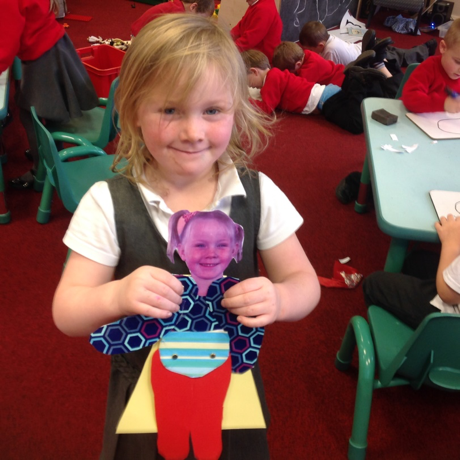
Mechanisms – Foundation stage:
With support begin to incorporate moving parts in to models. For example, use split pins to make body parts move.
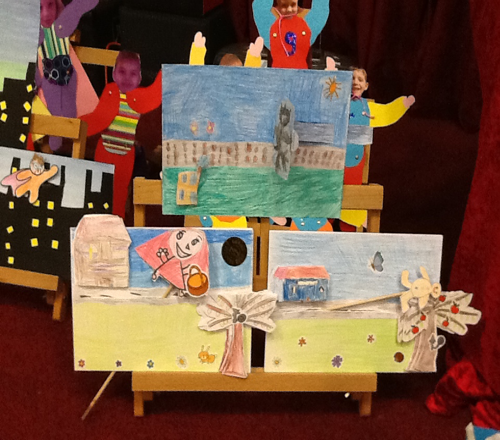
Mechanisms – Year 1:
With some support, begin to explore and use simple mechanisms . For example, use sliders in moving pictures, hinges into models etc.
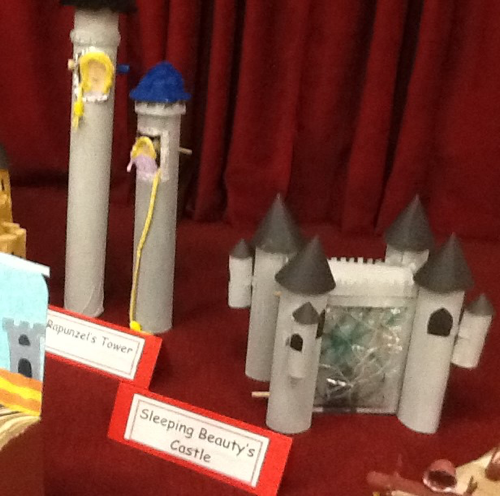
Mechanisms – Year 2:
With some independence explore and use winding mechanisms . Begin to incorporate wheels and axles into their products.
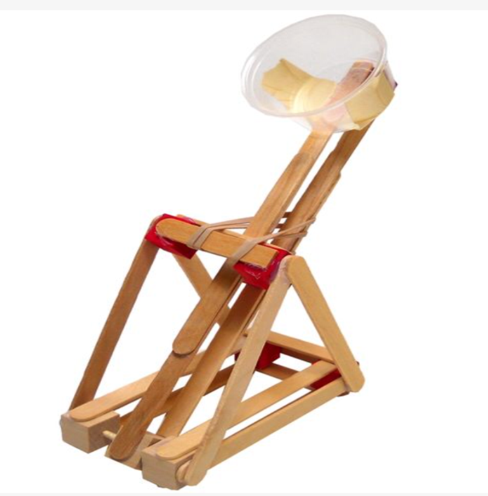
Mechanisms – Year 3:
Begin to develop an understanding that mechanical systems such as levers and linkages or pneumatic systems can create movement. Begin to incorporate levers and linkages into their products.
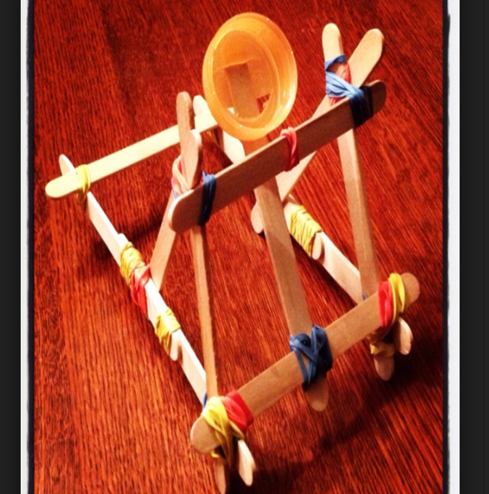
Mechanisms – Year 4:
With increasing independence produce models that incorporate mechanical systems such as levers, linkages or pneumatic systems to create movement.
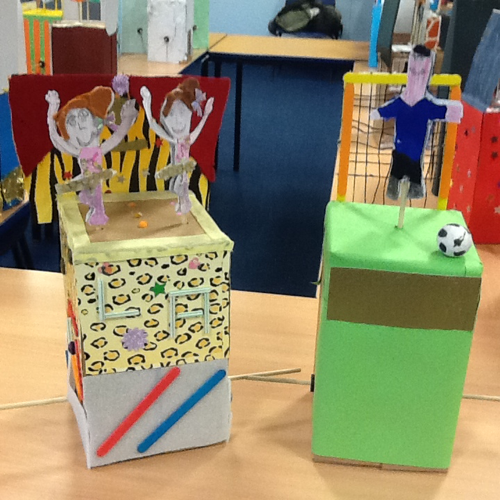
Mechanisms – Year 5:
Begin to understand how mechanical systems such as cams create movement. Design and make a product that incorporates a cam mechanism.
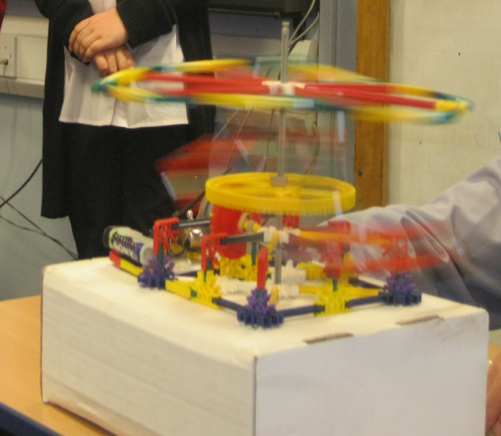
Mechanisms – Year 6:
Develop a greater understanding of how cams, pulleys or gears create movement. Create and use prototypes. Design and make products with greater independence.
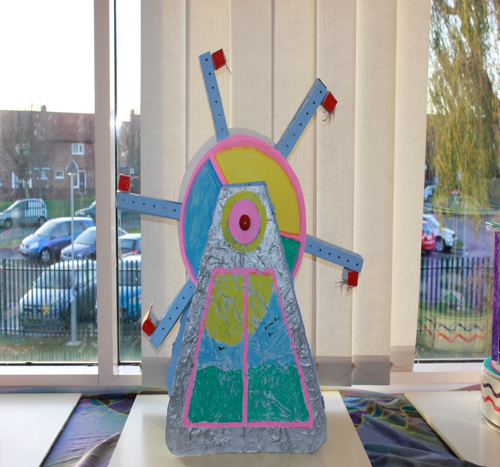
Mechanisms – Mastery:
Children are able to make quality products, evidencing a range of designing and making skills of a particularly high standard. They have an excellent understanding of a range of mechanisms.

This collection of short films and resources will help you understand your child’s progression through school.
The curriculum film resource has been broken down by subject area initially and then by topic area.


